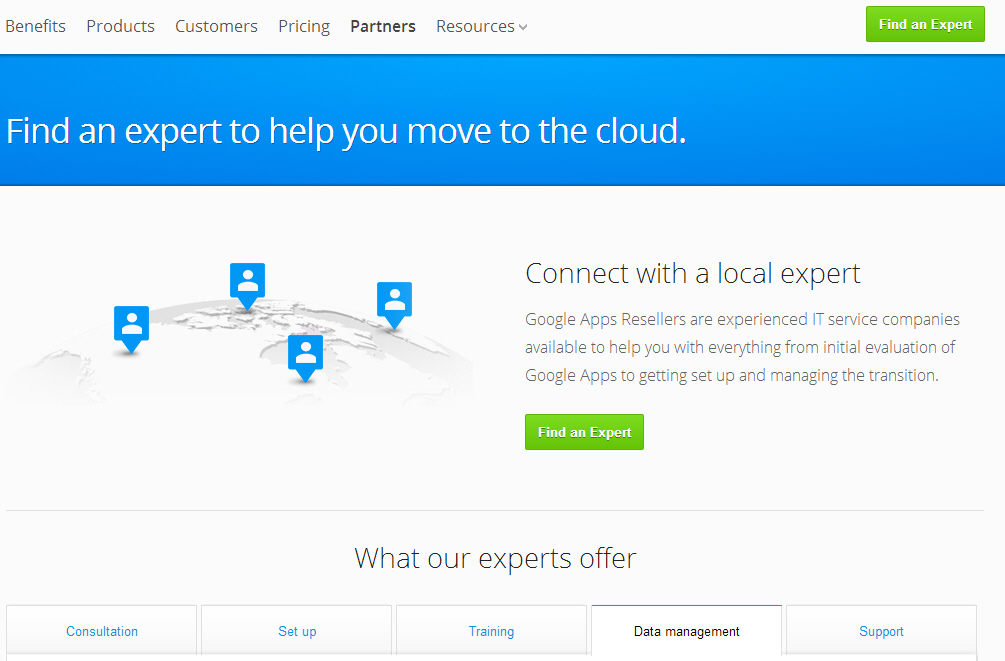April Fool’s Day has come and gone. Some of our favorite Internet pranks this year involved Gmail Blue (“How do we completely recreate something while keeping it exactly the same?”) and Twitter’s plan to split into two services: The free to use Twttr, which allows users to tweet using only consonants (“We believe that by eliminating vowels, we’ll encourage a more efficient and ‘dense’ form of communication,”) and the $5 per month premium Twitter with the option to bid for a single character when you absolutely need to tweet 141 characters.
But we also saw some great blog posts offering useful advice on SEO, channel partners, fraud prevention and gamification strategies.
Bad Merchant? Google May Drop Your Rankings Later This Year|Search Engine Land – Should negative user reviews affect your position in search results? At the SXSW Conference this March, Google’s chief webspam fighter, Matt Cutts, informed the audience that they’re targeting “bad merchants” to make sure they don’t obtain high positions in search rankings.
SEO expert Danny Sullivan suspects user reviews play a large part in determining who is a bad merchant, but wisely points out that a bad merchant can just as easily create fake positive reviews of their business to counteract the genuine negative reviews.
Ultimately, this means that online merchants have to seriously engage their customers and listen to their feedback if they want to prevent negative reviews and lower search engine rankings.
Here is a link to the full SXSW panel discussion, “How to Rank Better in Google and Bing.”
Google Recognizes Key Cloud Partners at First Global Summit | ZDNet – It’s clear that the growth of cloud computing is changing the dynamics in the merchant/partner relationship. VARs and other channel partners of SaaS vendors are now expected to do more than simply refer great products to their network. Increasingly, buyers expect channel partners to become more like a consultant or managed service provider.
Google clearly recognizes this trend, which is why I am not surprised to find the “Partner” section of the Google Enterprise site highlighting calls-to-action like “Find an Expert” or using language like, “Our experts offer consultation, training and support.”
Whether its through a partner summit to “share best practices and get some training” or investing in a “partner university,” online merchants should be inspired by the way Google recognizes the important part channel partners play in driving revenue.

Making Online Payments Safe From Fraud: Conversion Rate vs. Security | TechRepublic – When it comes to designing a checkout process, what safety precautions do you take when it comes to creating a viable checkout process? Is address verification enough? Do you really need to check CVVs? How many information fields does a checkout need in order to prevent fraud without driving cart abandonment rates through the roof?
This is a thought-provoking piece on a sensitive subject. If your fraud prevention tactics are too strict, you run the risk of denying valid orders and shutting down legitimate revenue; too loose, and you run the risk of increasing chargeback rates, paying heavy fines, and losing the ability to process online payments.
States Generate Taxing Situation for Cloud Services|Internet Evolution – For the past two decades, the requirement for ecommerce merchants to collect and remit state sales tax was determined by whether the merchant had a physical presence in that state. But as we’ve predicted for some time now, federal and state governments are going to establish new laws (like the Marketplace Fairness Act) that allow states to generate millions of dollars in new revenue by taxing software and SaaS licenses.
Fortunately, these laws will require state governments to “provide tax-collection software to retailers at no cost.” It will be interesting to see how the tax rate is determined with these new laws. Will they be based on where the vendor, consumer or data center is located?
Opportunities for Gamification in Ecommerce|BrainSINS – I’d recommend reading the previous two articles (What is Gamification? and Game Mechanics) in this series as it provides some food for thought about how to optimize your ecommerce infrastructure with gamification. Primary elements of gamification tap into our desires to collect, gain points, and reach new levels. However, as this article points out, your main goals are to increase the number of users, conversions and retention rates.
Use the comment section to tell us your insights on channel partners, fraud prevention, sales tax and gamification. As always, make sure to follow us on Twitter.
I really enjoyed your March E-Commerce Digest today, particularly about the New Channel Partner trend that was illustrated the the article, “Google Recognizes Key Cloud Partners at First Global Summit | ZDNet”. This article resonated with me, because I increasingly see B2B organizations implementing more cohesive and integrated approaches with their channel partners, centered around the customer. As the Cloud providers expand into the enterprise, they will need to evolve to offering the full complement of services and support provided by systems integrators and traditional IT providers.